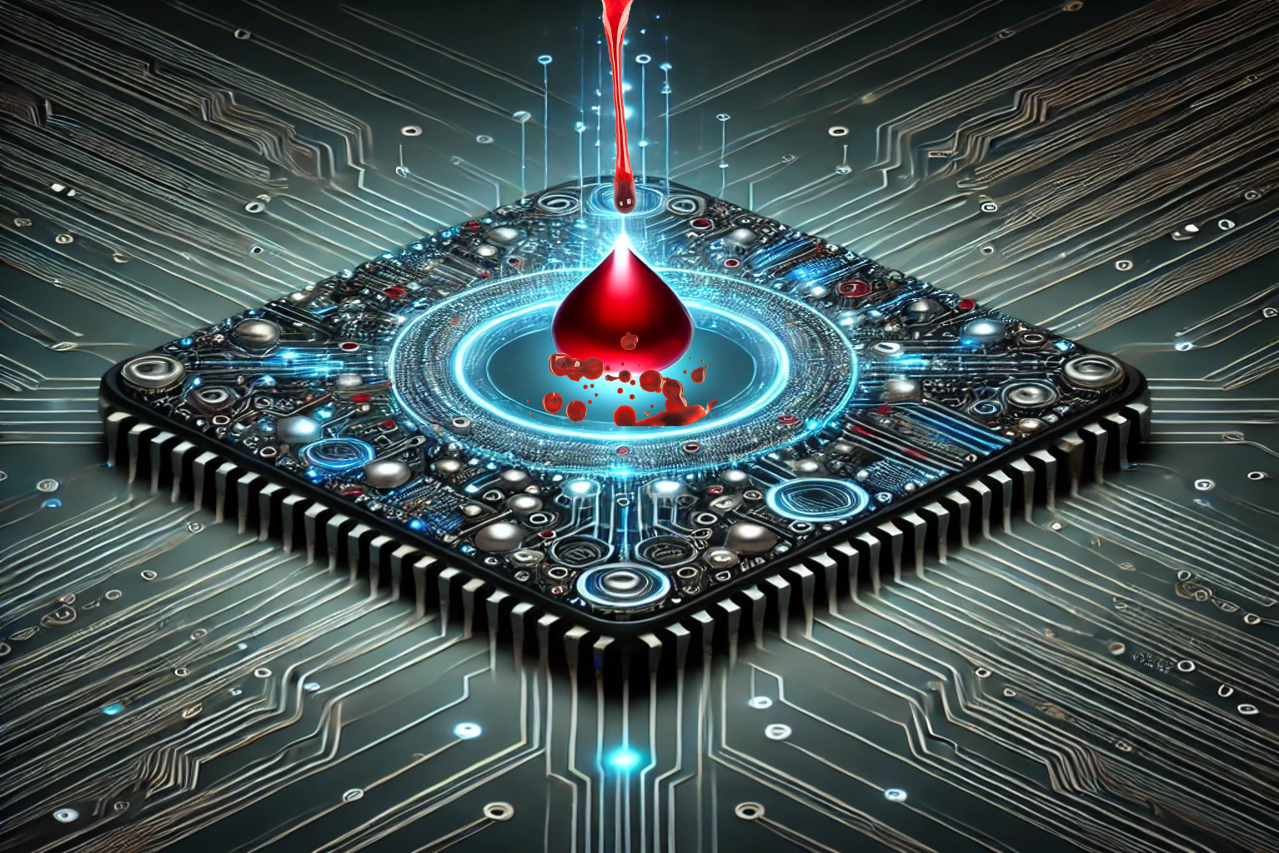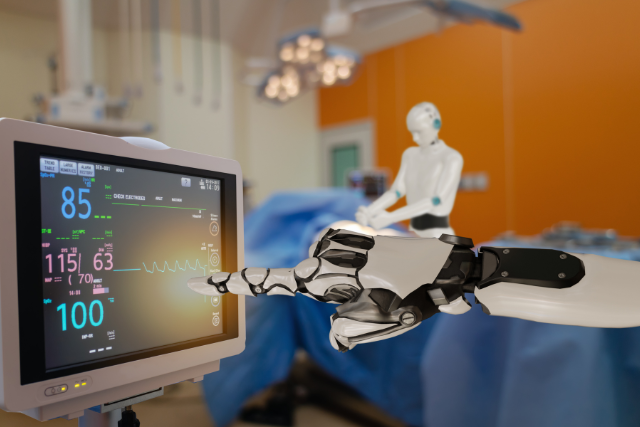How AI-Powered Technologies Like Sense.ly’s “Molly” Are Transforming Patient Care
The healthcare landscape is undergoing a profound transformation, driven by innovations in artificial intelligence (AI) and technology. One of the latest developments making waves in this arena is Sense.ly’s “Molly,” an AI-powered avatar designed to enhance patient care. With capabilities that include smartphone communication, emotional cue recognition, vital sign tracking through wearable devices, and the ability to alert healthcare providers in emergencies, Molly exemplifies the potential for AI to revolutionize how we approach healthcare management.
The Role of AI in Patient Care
Molly is not just a technological marvel; she represents a shift in how healthcare professionals can interact with patients. Her ability to assist with the day-to-day management of chronic illnesses and post-surgical needs allows for a more personalized approach to healthcare. This is particularly important as the prevalence of chronic diseases continues to rise, requiring ongoing management and support.
AI technologies like Molly are increasingly capable of performing various tasks that traditionally required human intervention, including diagnosis, data analysis, and documentation. This raises an important question: What does this mean for the future of patient care?
Enhancing, Not Replacing, Human Skills
While AI innovations are indeed reshaping the healthcare ecosystem, a recurring theme in discussions among clinicians is how these technologies can augment rather than replace the invaluable skills of doctors, nurses, and surgeons. According to a Forbes article, the focus is on complementing physicians’ diagnostic abilities rather than competing with them. By incorporating AI tools like Molly into the healthcare workflow, clinicians can benefit from enhanced diagnostic capabilities while still maintaining their critical role in patient care.
For instance, the integration of AI with point-of-care ultrasound (POCUS) technology allows healthcare providers to remain at the bedside, interacting with patients while using advanced diagnostic tools. This synergy between human intuition and machine efficiency creates a more comprehensive care experience.
The Importance of Human Connection
Despite the impressive capabilities of AI, it is essential to recognize the irreplaceable value of human interaction in healthcare. As Adam Odessky, co-founder and CEO of Sense.ly, noted in the Forbes article, “The whole value of human care is a special sort of relationship that a machine can’t replace.” When patients are feeling unwell, they often seek reassurance and empathy, qualities that are inherently human.
This connection is a critical component of effective healthcare. Studies have shown that a strong patient-provider relationship can lead to better health outcomes, increased patient satisfaction, and improved adherence to treatment plans. While AI can facilitate certain aspects of care, it is the compassionate interaction between healthcare professionals and patients that ultimately fosters trust and comfort.
Looking Ahead: The Future of AI in Healthcare
The future of AI in healthcare is bright, with ongoing advancements promising to enhance patient care in various ways. Here are a few areas where AI is expected to make a significant impact:
- Predictive Analytics: AI algorithms can analyze large datasets to identify trends and predict patient outcomes. This enables healthcare providers to intervene early, potentially preventing complications and improving health outcomes.
- Personalized Medicine: AI can help tailor treatment plans to individual patients based on their genetic makeup, lifestyle, and preferences. This personalized approach has the potential to increase the effectiveness of treatments.
- Telehealth: With the rise of telehealth services, AI can facilitate remote consultations, allowing healthcare providers to offer care to patients regardless of location. This is particularly valuable for individuals in underserved areas.
- Administrative Efficiency: AI can automate administrative tasks such as scheduling appointments and processing claims, freeing up healthcare professionals to focus on direct patient care.
AI-powered technologies like Sense.ly’s Molly are poised to transform patient care by enhancing the capabilities of healthcare professionals while fostering a more personalized and supportive experience for patients. While the advantages of integrating AI into healthcare are clear, the importance of human connection remains paramount.
As we navigate the evolving landscape of healthcare technology, the challenge will be to strike the right balance between leveraging AI’s capabilities and preserving the compassionate, reassuring relationships that are the cornerstone of effective patient care. By embracing this balance, the healthcare community can ensure that both technology and human interaction work together to provide the best possible care for patients.




